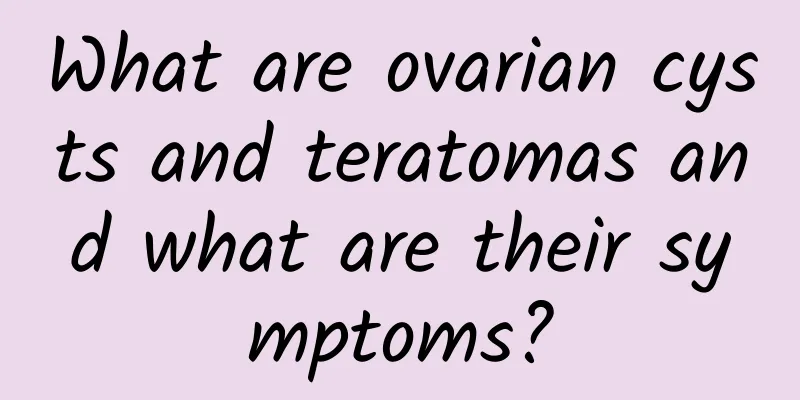Chinese medicine prescription for pelvic inflammatory disease classification

|
Chinese medicine prescription for pelvic inflammatory disease classification 1. Pelvic inflammatory disease is characterized by lower abdominal pain, which may occur on both sides, one side or in the middle. Traditional Chinese medicine divides this disease into two types: acute and chronic. The former is divided into two types: infection of evil toxins and toxic heat, while the latter is divided into three types: damp heat, cold dampness and qi stagnation and blood stasis. 2. Acute pelvic inflammatory disease may be accompanied by fever, while chronic pelvic inflammatory disease is often accompanied by dysmenorrhea and excessive vaginal discharge. The cause of acute pelvic inflammatory disease is often related to premature sexual intercourse during menstruation or after childbirth, usually mainly due to infection; while chronic pelvic inflammatory disease is related to ovulation, prolonged standing, overwork and poor blood circulation. 3. For patients with acute pelvic inflammatory disease infected by evil toxins, honeysuckle, angelica, red peony root, forsythia, red vine, Patrinia scabra, safflower, peach kernel, fructus aurantii, licorice, etc. are often used for treatment; if the patient has severe toxic heat, salvia miltiorrhiza, coptis chinensis, ophiopogon japonicus, moutan bark, red peony root, raw rehmannia, Scrophularia ningpoensis, bamboo leaf heart, buffalo horn powder, etc. are used. 4. Chronic pelvic inflammatory disease with damp-heat is often treated with honeysuckle, herb Patrinia, Corydalis, Toosendan, Forsythia, Caulis Sargentodoxae, Coix seeds, Cortex Moutan, Red Peony Root, Phellodendron, Gardenia, frankincense, and myrrh; cold and dampness are often treated with coix seeds, herb Patrinia, Aconite, Ligusticum chuanxiong, Atractylodes, Poria, cinnamon twig, and roasted ginger; qi stagnation and blood stasis are often treated with cortex Moutan, Corydalis, Toosendan, Peach Kernel, Poria, White Peony Root, cinnamon twig, and Cyperus. |
<<: What is wrong with ectopic pregnancy? What should we do?
>>: Will the right ovarian cyst disappear? What are the symptoms?
Recommend
What are the dietary taboos for patients with chocolate cysts?
There are many reasons why more and more people a...
Are anti-inflammatory drugs effective for cervicitis?
Oral anti-inflammatory drugs have a certain effec...
How much does it cost to treat cervical warts?
Cervical warts are a sexually transmitted disease...
How to treat pelvic inflammatory disease to completely cure it
Pelvic inflammatory disease is an infectious dise...
What to do with uterine fibroids
What to do about uterine fibroids? Uterine fibroi...
When it comes to eating fruits to supplement iron, are black grapes the best choice? Wrong! He is the boss...
As the temperature drops, symptoms such as cold h...
How should we check if we have vaginitis?
Many women suspect that they have vaginitis but a...
What are the common causes of adnexitis?
Adnexitis is one of the common gynecological dise...
How much does it cost to completely cure congenital absence of vagina?
The cost of treating congenital absence of vagina...
Will yellow leucorrhea with odor affect menstruation?
Will yellow leucorrhea with odor affect menstruat...
What are the symptoms of endometrial tuberculosis?
The symptoms of endometrial tuberculosis are not ...
What diet is helpful for pelvic inflammatory disease
In real life, many women have been plagued by gyn...
Here are some things to note about vulvar leukoplakia
The disease of vulvar leukoplakia should not be u...
Which hospital is good for cervical erosion?
Cervical erosion is a common disease in women. If...
What should I do if the adnexitis seems serious?
What should I do if the adnexitis seems serious? ...









